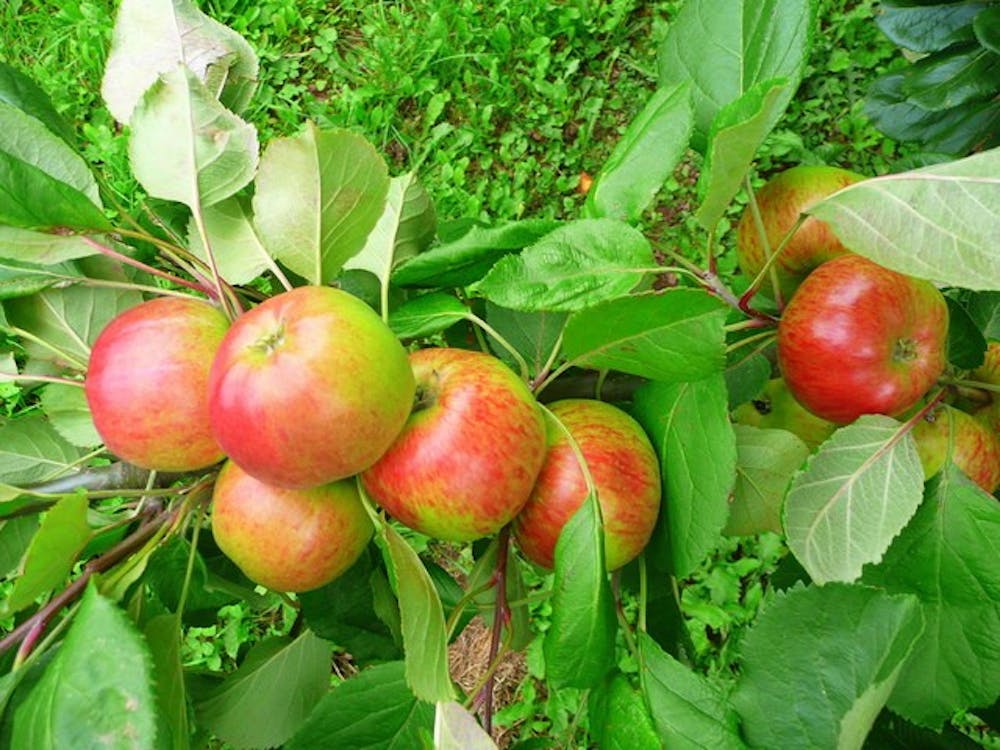Everyone knows Johnny Appleseed.
The story goes that he had a pouch of apple seeds and walked around the Ohio Valley planting seeds wherever he could. He planted and sold apple seeds in forests, along streams, and by the roads. The legend has it that he did not want anyone to go hungry, so he walked barefoot to all the settlements and planted apple trees. All including Indians, settlers, and animals loved Johnny Appleseed.
Johnny Appleseed was actually a real man. His name was John Chapman, but he was different than what the legend describes. Chapman was a businessman. He did not plant apple seeds randomly so settlers, Indians, and animals would not starve. What Chapman did was find the best spots of land available and make nurseries.
 The legacy and image of Johnny Appleseed is of a man with raggedy clothes and no shoes.
The legacy and image of Johnny Appleseed is of a man with raggedy clothes and no shoes.Photo courtesy Wikimedia Commons.
The nurseries Chapman planted were carefully planned out ahead of the moving frontier (in the late 18th Century it was the Ohio Valley), so he could profit off of new settlements that would rise.
He made quite the profit with this technique, but still dressed like a bum. This is where the barefoot overalls picture of Johnny Appleseed comes from.The apple has an important role in American history. The apple came from present day Kazakhstan and was spread all over the world. The apple’s place in American history is not apple pie, apple juice, or fresh crisp apples. It revolves around the bitter apples planted for hard apple cider. The Red Delicious apples we see in stores are actually really hard to grow and harvest. The apple’s defense as a plant is to change its taste and consistency after every generation. This means that you could pick a delicious apple from a tree one year and a bitter, sour, disgusting apple from the child of that tree another year. Therefore the apple’s primary use in Early America was cider. Cider requires the bitter apples that would make horrible snacks. A cloning technique is used to produce the same great tasting apples year after year, and this technique does not require apple seeds, but apple buds. Johnny Appleseed used seeds, so his apples were not for eating, but for drinking. That’s right, Johnny Appleseed was not bringing grandma apples for apple pie, but delicious alcohol so grandma can get tipsy. Go ahead grandma, grab another cider, for history’s sake.
Early America loved apple cider. If you thought ASU and colleges around the country drink a lot of alcohol, well they drink nothing compared to what 18th and 19th century Americans drank. (Students around the country please do not take this as a drinking challenge.) The settlers feared water because it was dangerous to drink. Water held all kinds of diseases and parasites, but the alcohol in cider killed off any bacteria that would try to contaminate it making it safer to drink.
The next time you crave a drink, grab a cider and impress your friends with the true story of Johnny Appleseed.
Have any more questions about apples and history or history in general? Drop us a line at sparkysquill@gmail.com or find us on twitter @sparkysquill.





